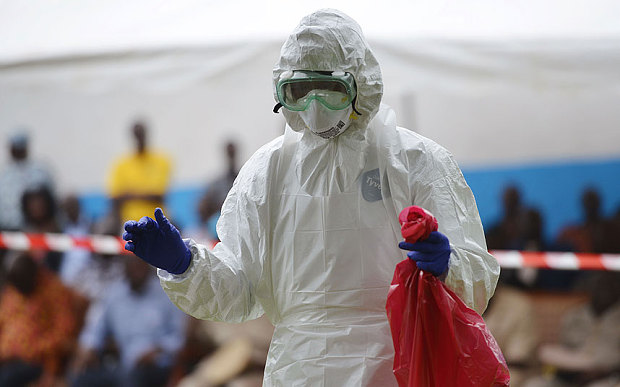The haul and burn approach is not a solution

Today's Problems with Biohazardous Waste
In the United States, regulated medical waste is approximately seven to fifteen percent of the total waste generated at healthcare facilities. Hospitals, clinics, doctor and dental offices, morgues, and veterinary centers must treat waste properly in order to protect public health from the spread of potentially infectious diseases.
This produces over 2 million tons of medical waste each year.
This waste must be treated by an approved technology or transported by a licensed hauler that trucks the waste to a facility with approved equipment for treating that specific type of waste.
Three major problems exist with removing and destroying certain types of medical and biohazardous waste in today's environment.
1. Compliance
Compliance to pharmaceutical, cannabis and certain classifications of medical waste disposal requires an incineration type process to comply with state and federal laws. Today fewer than 30 medical waste incinerators are in operation across the United States.
The U.S. Environmental Protection Agency has now banned the permitting of any new medical waste incinerators in the United States. The trend is similar in many developed nations around the world, as people do not want incinerators built near the areas where they live.


2. Transportation and Security
The regulated medical waste industry continues to use a “haul and burn” approach where the waste is picked up from healthcare facilities by truck and hauled to a treatment facility (incinerator).
These trucks produce carbon emissions and when the medical waste is burned it produces toxic emissions and toxic ash residue. The existing solution requires consolidation and transportation of hazardous waste throughout the United States to large facilities for processing. This creates significant risk and cost to the generator.
3.
Controlling the spread of disease infected medical waste
Workers involved in handling, treatment, transport, and disposal of medical, laboratory and other waste must be protected from exposure to infectious agents, including but not limited to the Ebola virus.
Contaminated waste may pose a greater risk to workers if it is not handled safely or packaged, treated, and disposed of properly.


Cradle to Grave Medical Waste Liability
The definition of cradle-to-grave liability is that medical waste originators are responsible for the medical waste they create until it’s neutralized.
Medical waste originators include hospitals, private medical practices and clinics, funeral homes, nursing homes, laboratories, veterinary clinics, and even hotels.
Before Safe Dispose, processing equipment for medical waste was costly to own, maintain, and operate. That meant most healthcare facilities outsourced their waste disposal which led to costly liabilities.

